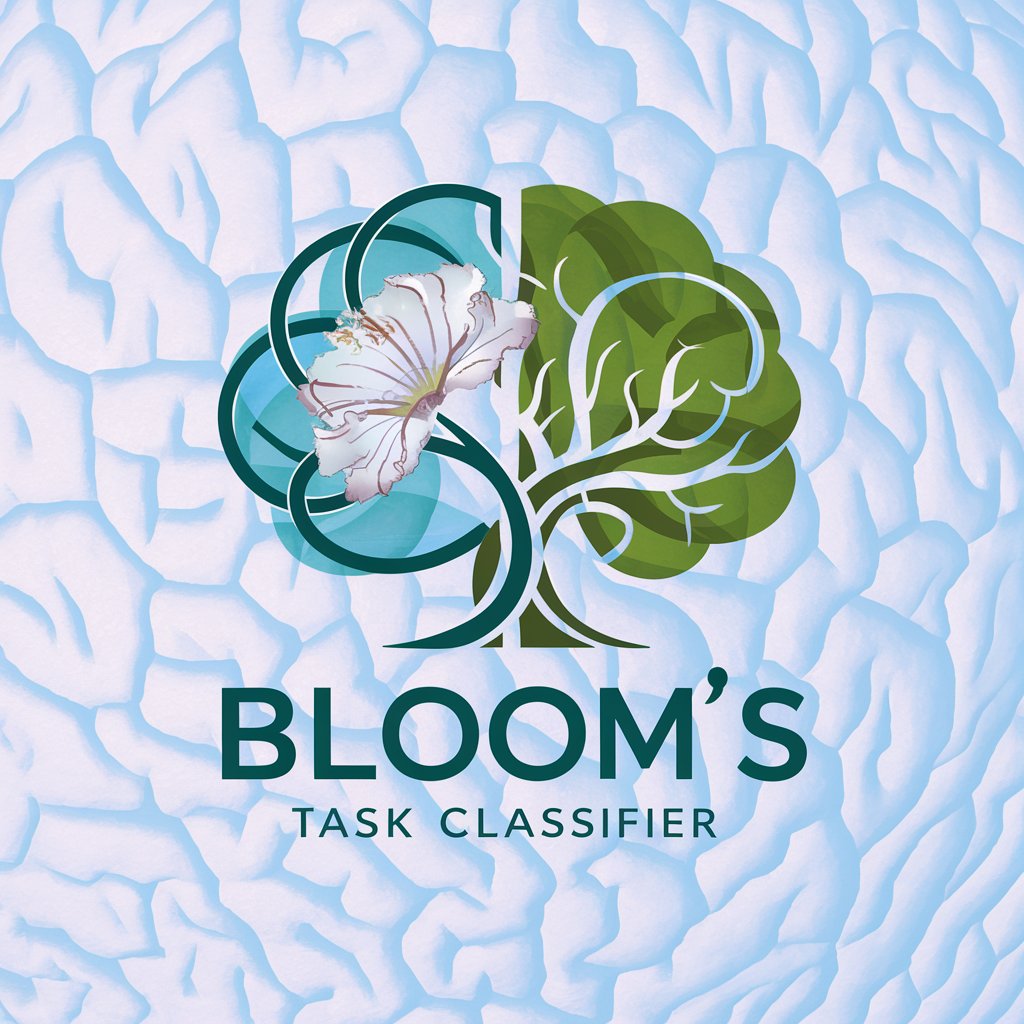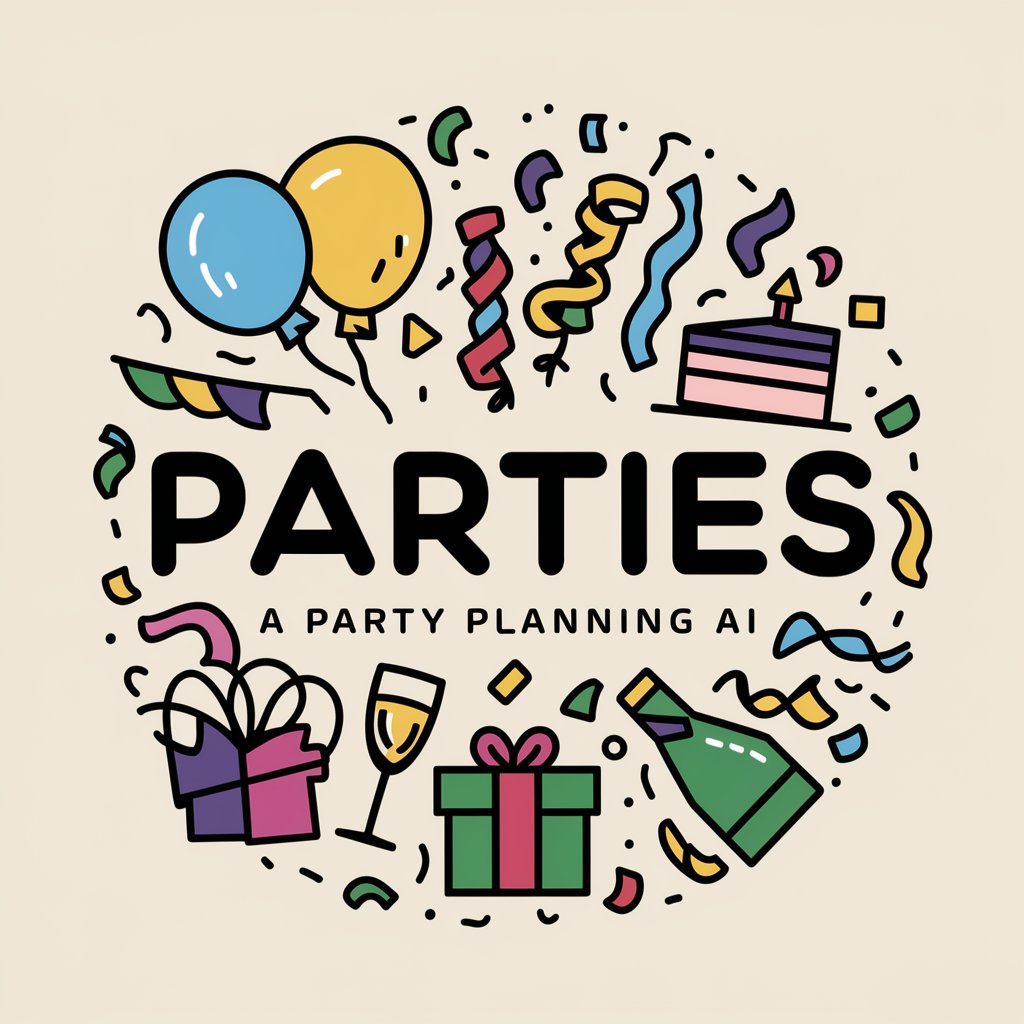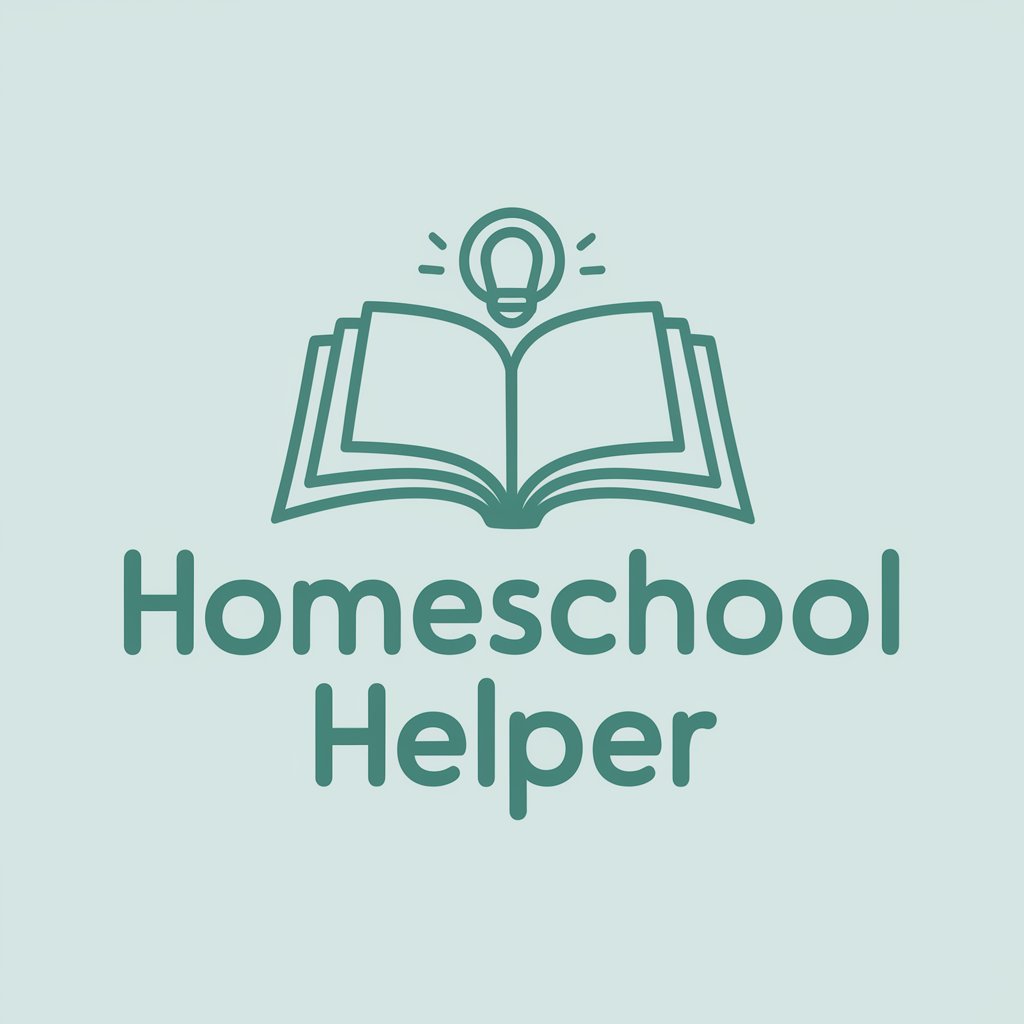Bloom's Task Classifier - Cognitive Skills Analysis

Hello! I'm here to help classify your educational content using Bloom's Taxonomy.
Elevate Learning with AI-Powered Analysis
Classify the following question according to Bloom's Taxonomy and explain your reasoning:
Suggest a way to elevate this task to a higher level of Bloom's Taxonomy:
Analyze the cognitive demand of this educational content and provide suggestions for improvement:
Evaluate the effectiveness of this learning activity in promoting critical thinking, and offer enhancement ideas:
Get Embed Code
Introduction to Bloom's Task Classifier
Bloom's Task Classifier is designed to aid educators by analyzing and classifying educational content based on Bloom's Taxonomy, a framework for categorizing educational goals within the cognitive domain. This AI tool evaluates questions, tasks, and learning activities to identify their cognitive level, ranging from basic knowledge recall to complex evaluation and creation tasks. Its purpose is to assist educators in understanding the cognitive demands of their material, enabling them to adjust and improve their teaching strategies for enhanced learning outcomes. For example, an educator might input a question such as 'List the parts of a cell,' and Bloom's Task Classifier would categorize this as 'Remembering,' the lowest level in Bloom's Taxonomy, because it requires straightforward recall of information. Conversely, a task asking students to 'Compare and contrast the functions of different cell types' would be classified under 'Analyzing,' as it necessitates higher-order thinking skills to differentiate and evaluate information. Powered by ChatGPT-4o。

Main Functions of Bloom's Task Classifier
Cognitive Level Identification
Example
An educator inputs a task that asks students to 'Explain the impact of climate change on polar ecosystems.' Bloom's Task Classifier identifies this as an 'Understanding' task, as it requires comprehension and explanation beyond mere recall.
Scenario
This function is useful in curriculum development, helping educators ensure that learning activities span a range of cognitive levels, promoting deeper understanding and critical thinking.
Educational Content Enhancement
Example
Given a basic task such as 'Define photosynthesis,' the classifier suggests modifying it to 'Design an experiment to test the effects of sunlight on photosynthesis,' elevating it from 'Remembering' to 'Creating.'
Scenario
This application is beneficial for lesson planning, enabling teachers to refine questions to challenge students and foster higher-order cognitive skills.
Ideal Users of Bloom's Task Classifier
Educators
Teachers, curriculum developers, and educational content creators are the primary users. They benefit from using the service to design, evaluate, and refine educational materials to cover a spectrum of cognitive levels, ensuring that students are engaged in a variety of thinking processes that enhance learning.
Instructional Designers
Instructional designers in both academic and corporate settings can leverage Bloom's Task Classifier to develop training materials and programs that target specific cognitive skills, optimizing learning outcomes and ensuring that learners are adequately challenged.

How to Use Bloom's Task Classifier
1
Start by visiting a platform that offers a trial without the need for registration or a premium subscription to explore its capabilities.
2
Identify the educational content or tasks you wish to analyze. This could range from exam questions to classroom activities.
3
Input your content into the Bloom's Task Classifier tool. Ensure that your questions or tasks are clearly stated for accurate classification.
4
Review the classification provided by the tool, which categorizes your content based on Bloom's Taxonomy levels, from 'Remember' to 'Create'.
5
Use the feedback and suggestions offered by the tool to modify or enhance your educational content, aiming to target higher-order thinking skills when desired.
Try other advanced and practical GPTs
Socrates
Empowering thought through AI-driven dialogue.

Frank's Jokes
Bringing laughter with AI-powered dad jokes.

Parties
AI-Powered Party Planning Made Easy

Homeschool Helper
Empowering homeschooling with AI-driven guidance

Meowart History
Bringing art history to life with AI-powered cats.

Health Insurance
Empowering Your Health Insurance Decisions

Insurance Mastermind
AI-powered Insurance Efficiency and Security

MPTP
Empowering Creativity with AI

AI Innovator Pro
Unlocking AI Innovations with Intelligence

Cell Phones
Empowering mobile innovation with AI

Jeff Dean Aura
Empowering development with AI-driven insights

Quotations
Empowering Words at Your Fingertips

Frequently Asked Questions about Bloom's Task Classifier
What is Bloom's Task Classifier?
Bloom's Task Classifier is an AI-powered tool designed to analyze and classify educational content based on the cognitive levels of Bloom's Taxonomy, from basic knowledge recall to advanced evaluation and creation.
How can educators benefit from using this tool?
Educators can use the tool to assess the cognitive demand of their material, ensuring a balanced curriculum that promotes both foundational knowledge and higher-order thinking skills.
Can Bloom's Task Classifier adjust tasks for different grade levels?
While the tool classifies tasks based on cognitive level, educators can adjust the complexity or simplicity of their content based on the tool's feedback to suit different grade levels.
Is there a limit to the type of content Bloom's Task Classifier can analyze?
The tool is versatile and can analyze a wide range of educational content, including multiple-choice questions, essay prompts, and project-based learning activities.
How does the tool handle ambiguous or multi-layered tasks?
Bloom's Task Classifier uses AI to interpret the complexity and intent behind tasks, providing the most suitable classification. For ambiguous tasks, it may offer insights into how they can be refined for clarity and targeted cognitive engagement.
